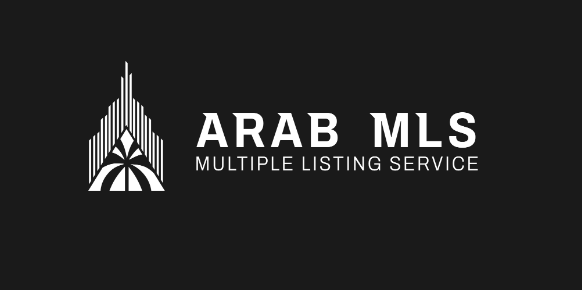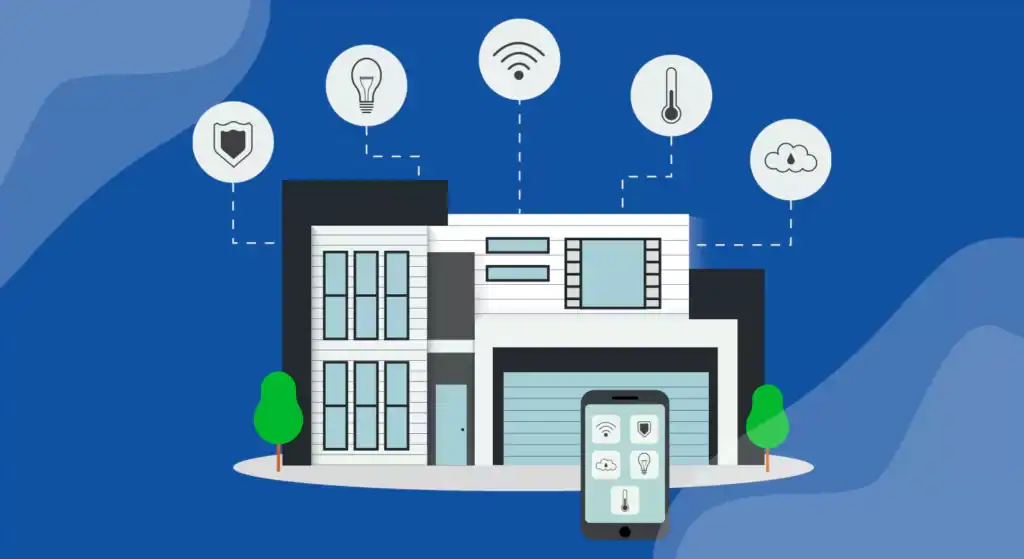The real estate landscape in emerging markets is undergoing a profound transformation. As urbanization accelerates and economies expand, the demand for structured, accessible property information intensifies. The Multiple Listing Service (MLS) platform—long a cornerstone in mature real estate markets—has only recently begun to permeate emerging economies, promising to bridge information gaps and improve transactional efficiency. However, crafting effective MLS solutions for these dynamic environments is no simple feat. It requires a nuanced understanding of local contexts, regulatory frameworks, user behaviors, and technological constraints, all balanced with foresight into long-term market growth.
Understanding the Unique Environment of Emerging Markets
Emerging real estate markets often display marked heterogeneity. Unlike established markets with decades-old institutional frameworks and standardized listing protocols, many developing economies navigate a patchwork of informal practices. Property listings may be dispersed across disconnected channels: brokers’ networks, social media groups, or even word-of-mouth referrals. This fragmentation results in transparency challenges, pricing inconsistencies, and transaction delays, eroding trust between buyers, sellers, and agents.
Introducing a centralized MLS platform in such an environment demands sensitivity. It cannot simply replicate the template of platforms used in North America or Europe; rather, it must be tailored to local market realities. Understanding how brokers list properties, what types of properties dominate (ranging from single-family homes to cooperative buildings or land parcels), and the prevalent transaction bottlenecks lays the groundwork for effective platform design.

Transparency and Collaboration
At its best, an MLS platform fosters transparency by aggregating property data into a reliable, accessible database open to licensed professionals. It acts as a collaborative workspace where agents submit, update, and share listings in real time. This cooperation benefits not only brokers, who avoid duplication and expand their reach, but ultimately consumers, who gain a comprehensive view of available inventory.
Beyond transparency, MLS platforms encourage professionalism. Establishing standardized data fields, enforcing listing accuracy, and monitoring user compliance elevate industry credibility. In emerging markets, where the lack of regulation can sometimes create uncertainty and risk, such standardization reassures all parties and contributes to market stability.
Technical Considerations in Platform Development
Constructing a scalable and resilient MLS platform necessitates a thoughtful technological architecture. Cloud-based solutions emerge as a clear choice, enabling flexibility and on-demand scaling as user numbers increase. Microservices architecture further promotes modularity, allowing components such as search functionalities, multimedia handling, or notification systems to evolve independently without jeopardizing the whole.
APIs prove essential for interoperability, allowing third-party applications—mobile apps, real estate portals, and valuation tools—to consume MLS data through secure channels. In markets where smartphone usage often outpaces desktop access, API-driven mobile apps ensure that agents and buyers can interact with listings anytime, anywhere.
Security concerns must remain front and center. Encryption of data during transmission and storage, comprehensive role-based access controls, and detailed activity logs are not mere luxuries but requirements. They protect sensitive client information and guard against internal or external abuses.
Adapting the Platform to Cultural and Regulatory Contexts
Emerging markets frequently encompass diverse languages, measurement systems, and legal configurations. An MLS database designed without localization risks alienating users or misrepresenting data. Platforms must offer customizable property attributes, allowing local boards or brokers to define categories and features that reflect their market realities.
Additionally, the legal aspects of data sharing, privacy, and transparency govern platform usage. Many emerging economies are still developing data protection laws or real estate transaction regulations. MLS system designers must anticipate evolving legislation and embed compliance measures accordingly. This can include options for anonymizing personal information, mechanisms to prevent fraudulent listings, and disclosures that clarify property rights or restrictions.
Addressing Connectivity and Infrastructure Challenges
In many developing regions, internet access is inconsistent or costly, with rural and peri-urban areas underserved. MLS platforms intended for these geographies must incorporate data synchronization features that allow offline work. Agents can input or access data without interruption and sync updates when connectivity stabilizes.
User interface design also plays a critical role. Simple, lightweight apps with intuitive navigation promote adoption among agents of varying digital literacy. The platform’s performance on low-bandwidth connections contributes directly to usability and user satisfaction.
Building Stakeholder Buy-In and Training
Technology adoption often falters without strong stakeholder commitment. MLS initiatives must engage brokers, agents, regulators, and consumers early and continuously. Demonstrating tangible benefits, such as faster sales closures, increased reach, or improved market intelligence, encourages participation.
Training and support programs are crucial. Many agents may be unfamiliar with digital listing management or apprehensive about data sharing. Tailored workshops, peer mentoring, and clear user manuals serve to flatten the learning curve.
Moreover, establishing governance bodies or MLS committees that include representatives from various market segments ensures the platform evolves with community needs and preserves trust.
Driving Data Quality and Platform Sustainability
An emergent MLS is only as good as its data. Maintaining accuracy, completeness, and timeliness demands active moderation. Automated validation checks can flag anomalies, but human oversight remains indispensable, especially in markets characterized by complex ownership structures or incomplete records.
Financial sustainability is another concern. While initial platform funding might come from government or international development grants, long-term operations require revenue models—typically member subscription fees, transaction-based payments, or value-added services. Balancing affordability with sufficient income to support maintenance and upgrades is a strategic challenge that must align with market capacity.

Innovation and Impact
Emerging MLS platforms can leapfrog older technologies by embracing innovations like artificial intelligence-powered property valuations, chatbots for buyer inquiries, or blockchain for secure title verification. Integrating virtual or augmented reality property tours can also shorten sales cycles and widen market reach.
Ultimately, the success of MLS platforms in emerging real estate markets hinges on their ability to combine robust technology with local insight, regulatory awareness, and user-centric design. By doing so, they catalyze transformation, turning fragmented, opaque markets into transparent, efficient, and trustworthy ecosystems that support economic growth and social progress.
Conclusion
The development of MLS platforms tailored to emerging real estate markets presents both challenges and extraordinary opportunities. When designed thoughtfully, these platforms serve as engines of transparency, professionalism, and collaboration. They empower agents, enlighten buyers, and enhance market stability. As emerging economies continue to evolve, investing in adaptable, secure, and culturally attuned MLS solutions will be essential.
Frequently Asked Questions about Developing MLS Platforms for Emerging Real Estate Markets
-
What is an MLS platform, and why is it important for emerging markets?
An MLS (Multiple Listing Service) platform centralizes property listings, enhancing transparency, cooperation among agents, and market efficiency, which are often lacking in emerging real estate markets. -
What are the main challenges when building MLS platforms in developing markets?
Challenges include fragmented data sources, lack of standardized listing formats, limited internet connectivity, diverse user needs, and varying regulatory environments. -
How can MLS platforms be adapted to local market conditions?
By allowing customizable fields, supporting local languages and currencies, and accommodating specific property types and legal requirements, MLS platforms can be tailored for each emerging market. -
What technical features are essential for scalable MLS platforms?
Cloud-based infrastructure, microservices architecture, secure APIs, data encryption, role-based access controls, and offline synchronization are key features. -
How does an MLS platform benefit buyers and sellers?
It provides accurate, up-to-date listings in a centralized location, simplifies property searches, facilitates fair pricing, and builds buyer confidence. -
Can MLS platforms integrate with other real estate technologies?
Yes, through APIs, MLS platforms can connect with virtual tours, CRM systems, valuation tools, and third-party portals to enhance user experience. -
What role do regulations play in MLS platform development?
Regulatory compliance ensures data privacy, protects consumer rights, and prevents fraud, making it an integral part of any MLS system design. -
How should MLS platforms address limited internet access?
Including offline modes for data input and synchronization when connectivity is restored helps maintain productivity in areas with inconsistent internet.













